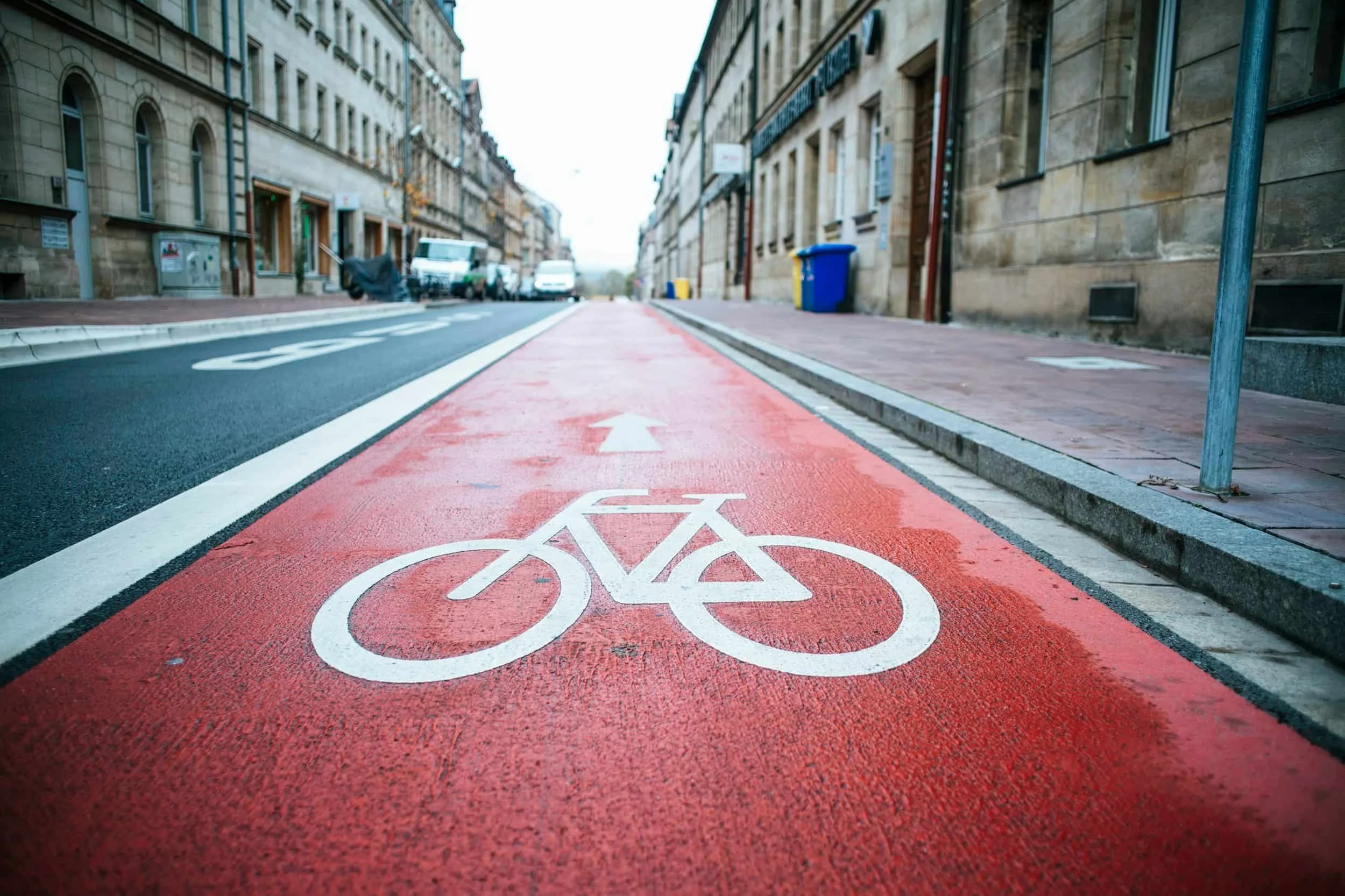Court Deems Ontario Bikelane Removal Law Unconstitutional
Want to keep up with climate news, law, and policy? Sign up for the Green Economy Law Monthly Newsletter here.
On July 30, 2025, the Ontario Superior Court of Justice issued its decision in Cycle Toronto et al. v. Attorney General of Ontario, which deemed unconstitutional provincial legislation to forcibly remove major bike lanes in Toronto.
The lawsuit’s applicants included individual Toronto cyclists and Cycle Toronto, a local cycling advocacy organization.
What Was Bill 212?
Introduced in late 2024, Bill 212: the Reducing Gridlock, Saving You Time Act, amended the Highway Traffic Act (the “HTA”) to require municipalities to seek provincial approval before installing new bike lanes, and to remove the existing bike lanes on University Avenue, Bloor Street, and Yonge Street. It also amended the HTA to explicitly bar lawsuits against the Ontario government for this very action, including claims for damages arising from collisions, injuries, or deaths occurring due to bike lane removals.
The government justified Bill 212 as a congestion-reduction measure, claiming that bike lanes were responsible for increased car congestion in the city, that only 1.2% of Torontonians used the bike lanes, and that the bike lanes could easily be moved to side streets.
Ontario’s Attempt to Avoid the Issue
In June 2025, with litigation of the case ongoing, Ontario attempted to circumvent the legal challenge by amending the HTA via Bill 24: Plan to Protect Ontario Act (Budget Measures), changing references to bike lane “removal” to “reconfiguration”.
The government argued that this change rendered the case moot, and there was no longer a live dispute requiring litigation. The Court firmly rejected this argument, recognizing that the government’s intent to dismantle the bike lanes remained unchanged and that the Charter issues were still very much alive.
Justice Schabas described the legislative amendment as “an ineffective attempt” on the part of the government “to avoid having the constitutional issue decided.”
Why Did the Court Strike the Law Down?
Justice Schabas found that the relevant provisions of the HTA, in both their Bill 212 and Bill 24 wording, violated the applicants’ section 7 Charter rights protecting life, liberty, and security of the person. He found the safety risks were not only unjustified by any potential benefit, but completely out of sync with the stated legislative goal.
The court’s finding was based on extensive evidence illustrating how removing protected bike lanes would lead to more collisions, injuries, and deaths. Contrary to the government’s claims, the expert consensus - and even the government’s own witnesses and evidence - confirmed that removing bike lanes would not reduce gridlock. Indeed, evidence indicated that removing bike lanes would lead to increased car congestion by reducing cycling as an alternative mode of transport.
The judgement is a damning indictment of the Ontario government, which failed to provide any evidence to support its policy claims. Rather, Justice Schabas observed that the government's public statements regarding the planned removal of bike lanes plainly contradicted their own internal documents. The government was also unable to provide any documentation on which to base Premier Doug Ford’s public claim that only 1.2% of Torontonians use bike lanes; evidence demonstrated those rates are considerably higher.
Why This Decision Matters
For now, Toronto’s protected bike lanes are safe from being dismantled under those provisions of the HTA rendered void by the decision. This allows Toronto to continue implementing its Ten-Year Cycling Network Plan and advancing its Vision Zero strategy, which aims to eliminate traffic-related fatalities and serious injuries.
However, the Ontario government has announced that it will appeal the decision, which could discourage City Council from invest further in cycling infrastructure in the near term for fear that infrastructure will later be dismantled if the lower court ruling is overturned.
From a jurisprudential perspective, the decision is significant for its nuanced approach to the issue of positive/negative rights under the Charter, a semantic issue that regularly plagues Charter challenges of this sort. Traditionally, courts have been reluctant to recognize ‘positive rights,’ which would require governments to provide a benefit they are not otherwise obligated to provide. In contrast, ‘negative rights’ protect against government action interfering with an individual’s Charter rights.
The Ontario government argued that the applicants were seeking positive rights - essentially demanding that the government provide bike lanes - and their claim should therefore be dismissed. Justice Schabas rejected this oversimplified characterization, finding the distinction between positive and negative rights to be neither determinative nor particularly helpful.
Instead, Justice Schabas held that the appropriate question is whether the government's action infringes Charter rights - specifically, in this case, whether it places individuals’ lives or safety at risk. He concluded that the applicants were not asserting a freestanding right to bike lanes, but a right to be free from the increased risk of death and serious injury actively imposed by Ontario’s legislative efforts.
Please contact our firm at 647-725-4308 or info@greeneconomylaw.com for legal assistance in connection with climate policy or green business matters.

